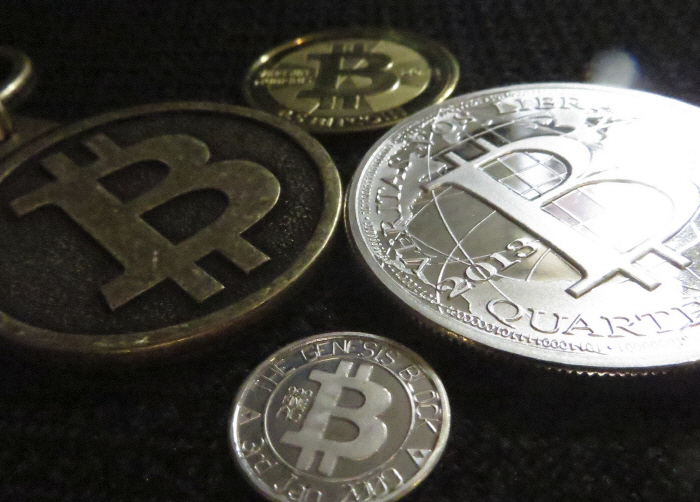With the bitcoin network inching closer to its limit, it is expected to malfunction early next year. With more and more delaying of transactions, the system of money now worth $3.3 billion will struggle to survive as its flakiness drives people away, predicts Gavin Andresen, bitcoin core developer.
He foresees the imminent doom by early next year if the system isn't fixed. In an attempt to provide a solution the problem, he released an alternative version of the Bitcoin software called BitcoinXT and urges the community to switch over. In his release of BitcoinXT, instead of usual protocols for proposing changes to Bitcoin's design via a small group of senior developers, the new software has a kind of voting mechanism built in that puts Bitcoin's fate in the hands of the community. As such, the proposed solution has caused uproar in the cryptocurrency ecosystem.
Andresen's work on Bitcoin is supported by the MIT Media Lab. If 75 percent of miners have adopted his proposal after January 11, 2016, it will set off a two-week grace period and then allow a "fork" of the blockchain with higher capacity, notes MIT Technology Review.
Some supporters of BitcoinXT say that attacks on computers running his software are being used to rig the debate and exterminate BitcoinXT.
One victim was the Czech company SatoshiLabs, that enabled miners on the platform to signal support for BitcoinXT, reports MIT Technology Review. But about a week ago it was hit by a denial-of-service attack, which overwhelms a system with incoming traffic.
Alena Vranova, director of Satoshilabs, said the company received a message saying that the attack would end once it turned off the ability for customers to declare support for Andresen's change to Bitcoin. Satoshilabs complied with that demand because the attack was powerful enough to knock its services offline.
Several such cases have surfaced in the past few days. Reports of the attacks over the past week coincided with an evident decline in the chances that Andresen's activation threshold of 75 percent of blocks mined in support of his fix will be met. Some 8 percent of blocks were mined in support of it last Monday, but the figure has since declined to only 1 percent.
Although some leading American companies are endorsing his ideas, leading developers and other companies have been opposing Andresen's fix. Alternative proposals about how to increase block size limit have been gaining momentum. One such alternative that uses a voting mechanism similar to Andresen's is currently being supported by over 60 percent of mined blocks.
Bitcoin block size debate turns ugly

Bitcoin IMG_4400 (BTC Keychain_Flikr)
Wednesday, September 9, 2015 10:19 AM UTC
Editor's Picks
- Market Data
Most Popular



 FxWirePro- Major Crypto levels and bias summary
FxWirePro- Major Crypto levels and bias summary  FxWirePro- Major Crypto levels and bias summary
FxWirePro- Major Crypto levels and bias summary  US Senate Delays Crypto Regulation Bill After Coinbase CEO Raises Concerns
US Senate Delays Crypto Regulation Bill After Coinbase CEO Raises Concerns  FxWirePro- Major Crypto levels and bias summary
FxWirePro- Major Crypto levels and bias summary  Bitcoin's Dip Meets ETF Frenzy: Buy the Fear?
Bitcoin's Dip Meets ETF Frenzy: Buy the Fear? 






























